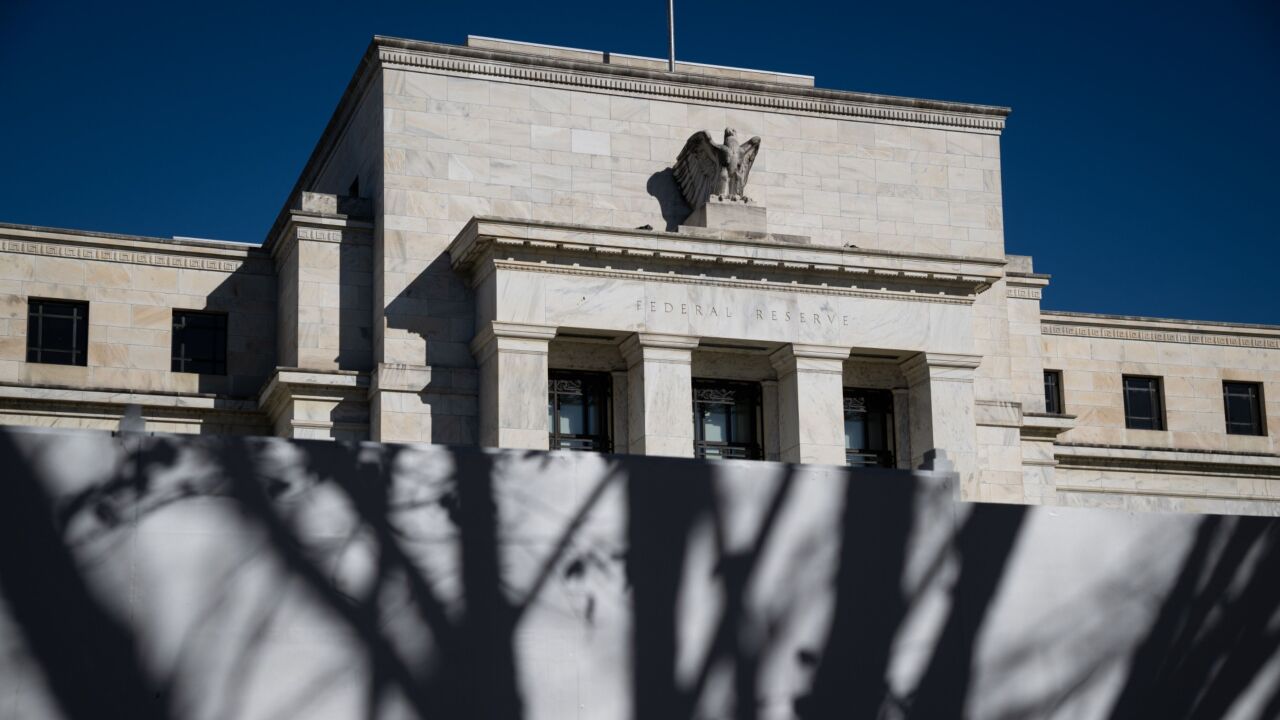Just what is Bank of America Corp. doing to get so many of its customers banking online?
Last week, for the second time this year, B of A released statistics boasting of enviable growth. In March it crowed about having five million online users, against 3.1 million a year earlier. Now it is No. 1 among banks, with seven million online subscribers - that's equivalent to 43% of its checking-account households.
The tally doesn't count online customers of FleetBoston Financial Corp., which B of A is buying, but it will probably leap yet again once the deal closes.
Moreover, Bank of America does not exaggerate by including - as some banks do - those who have signed up for the service but haven't used it in a good while or at all. It counts only "active" users, which it defines as those who have had at least one online session in the past 90 days.
Sanjay Gupta, Bank of America's e-commerce executive, said branch promotions have been instrumental. Last year B of A used educational campaigns and sweepstakes to encourage branch personnel's use of the company's electronic banking service.
Now 75% of them use it, and "they are huge fans," Mr. Gupta said. "They can speak with a lot of confidence to customers, because they use the service. They truly question why anyone would want to pay a bill any other way."
B of A does dozens of upgrades every month, emphasizing usability, Mr. Gupta said. At the end of 2002 it added check-image viewing, a service more than 200,000 customers use now, and in September it added account-statement viewing.
B of A's user-experience group, which has about 30 member, checks every application and Web page for ease of use. A bill payment enhancement done in the summer reflects the group's work, Mr. Gupta said. Responding to customers who told the bank that the process for making payments could be simplified, the group removed several steps; for example, customers no longer have to input billers' addresses if that information is already on file.
"People are going online to pay a bill, not to learn a system," Mr. Gupta said.
Bank of America now has three million electronic bill payers, versus 1.8 million at the beginning of 2003 and 900,000 at the beginning of 2001. The reason the number isn't closer to seven million is that what e-banking users want first is to check up on their statements and transactions, Mr. Gupta said. Then they start paying bills online, and in time they decide they want to receive them online as well. B of A now delivers 2.3 million e-bills to customers a month, versus one million a month in March.
Last year B of A set about getting rid of the barriers to online bill pay. That May it eliminated fees for the service, as well as minimum-balance requirements and other conditions. Making the service free has been the biggest boost for online bill payment, which drew 50% more customers in the six months after the fee was dropped, Mr. Gupta said.
B of A has addressed security concerns by stressing its zero-liability guarantee. Its solution to customer inertia has been heavier marketing and advertising of online bill pay and having branch employees talk it up. Television ads emphasize the ease and convenience of online banking; in one spot a customer completes her banking from home during the minute it takes her microwave popcorn to pop.
With so many customers online, B of A is getting a bigger bang from the many documented benefits of online banking. It says its online bill-pay customers have an 80% lower attrition rate than those who don't use the service, make 30% fewer calls to call centers, and have deposit balances that are 38% higher, and loan balances that are 45% higher.
Chris Musto, the vice president of research at Gomez Inc., which put Bank of America second in its latest ranking of e-banking providers, said the company is smart to present online banking to its customers as "part and parcel" of their checking accounts.
"They're not expecting customers to find it on their own on the Web site," Mr. Musto said.
B of A has also helped itself by eliminating differences between Web banking and bill pay by pricing, customer access and service, and other variables.
"They've done a good job of integrating online bill pay and online banking," Mr. Musto said. B of A remains one of the few that promote online banking on TV, he said.
Sheer size is another factor. With more than $660 billion of assets and with customers from coast to coast, Bank of America is the only institution that seriously challenges the industry's 10% deposit threshold, Mr. Musto noted.
"As they penetrate their base, it gets to the point where you just can't keep up with them," he said.





